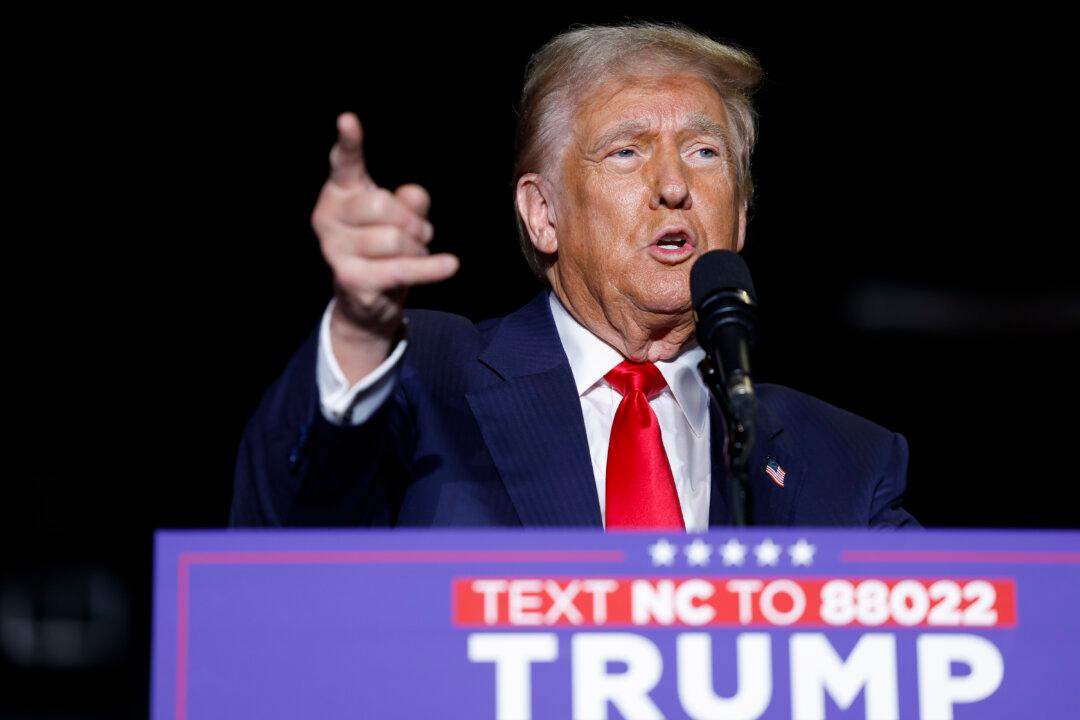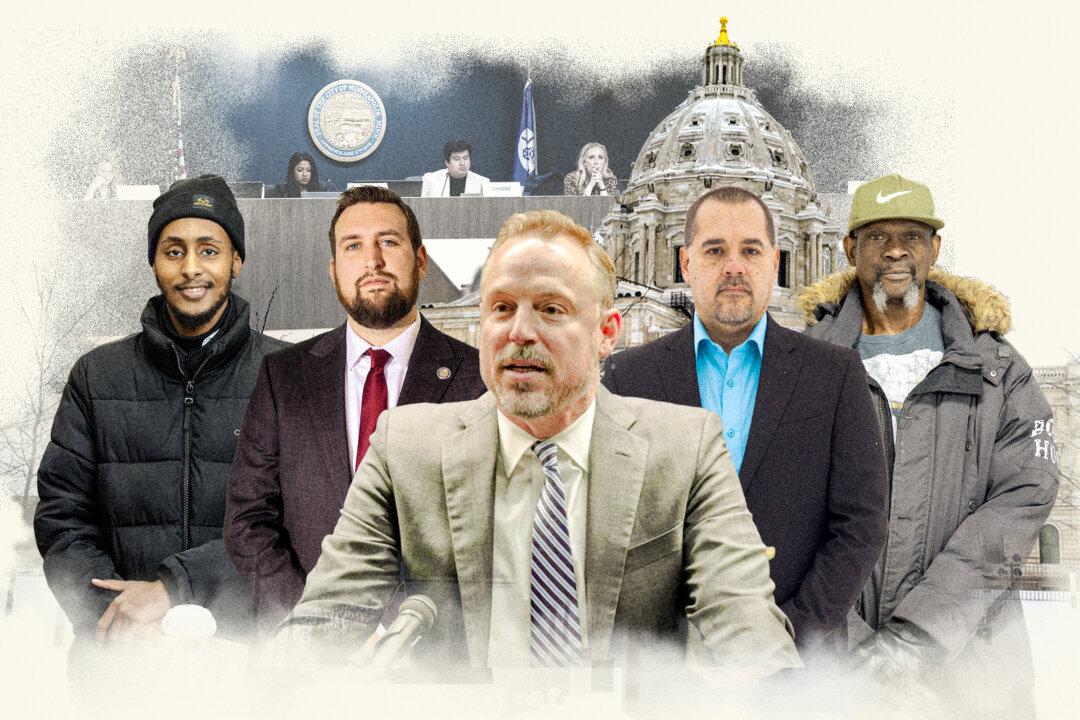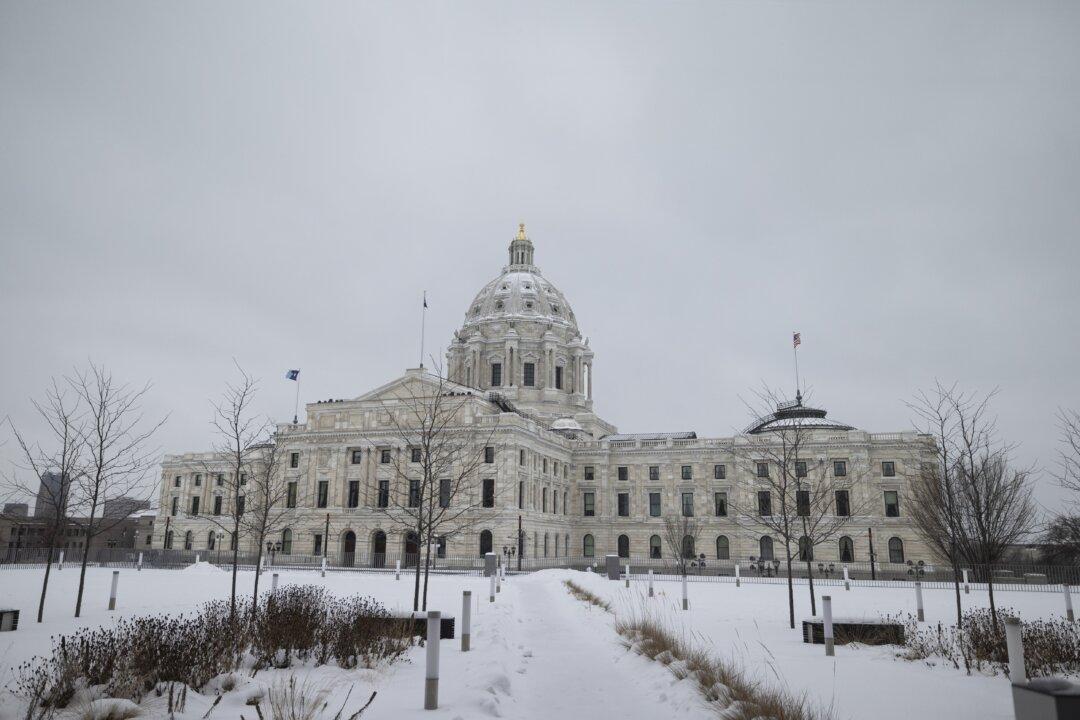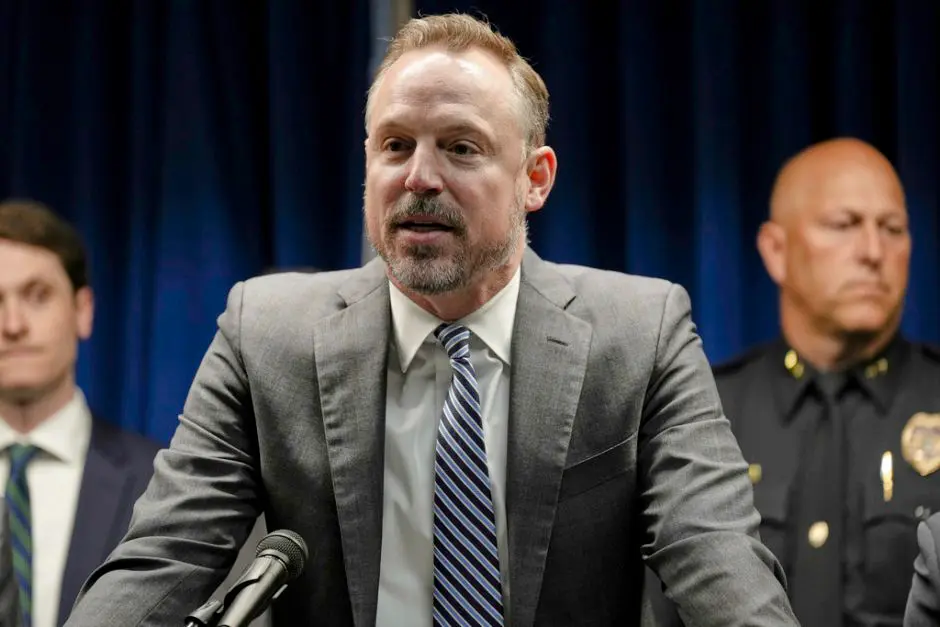Former President Donald Trump has revised the details of his proposal to give car buyers a tax break.
Trump, speaking at an Oct. 22 campaign rally in Greensboro, N.C., said that anyone who takes out a car loan would be able to deduct those payments “fully” from federal taxes, but “only if the car is manufactured in the United States.”





